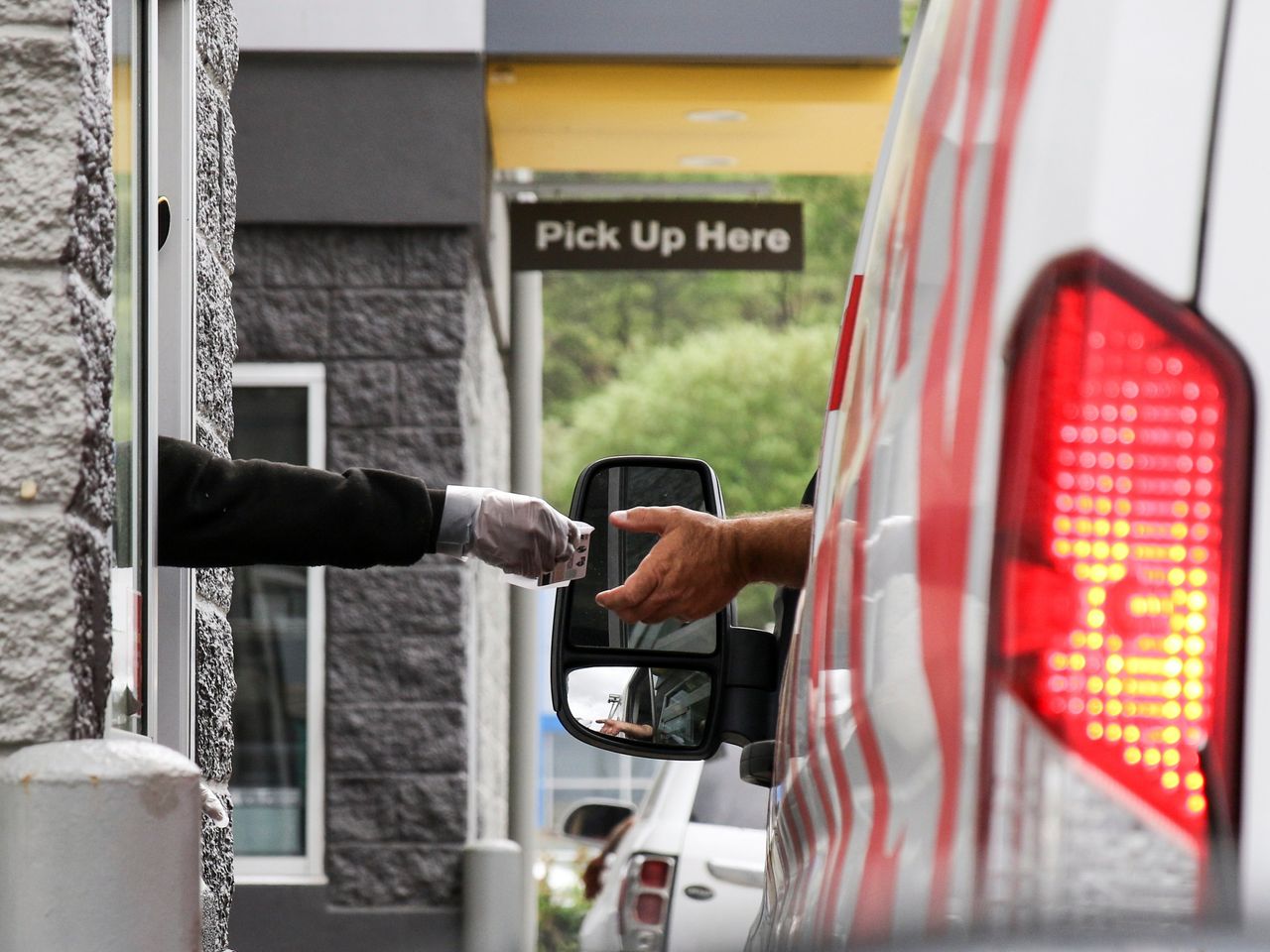The effect of COVID-19 on restaurants and QSRs has changed the way consumers are served. Those restaurants that have drive-thru lanes have also been heavily impacted, but were luckily able to remain open, allowing consumers to purchase food/beverages from the comfort of their car. According to data from the NPD Group, drive-thru business increased over 25% in Q2 of 2020; 82% of consumers placed an online order for pick-up because of COVID-19, and over 85% plan to continue using these services even when the crises ease. Customers will use contactless delivery or cashless payments to avoid touching things. With this increase in car traffic and influx in contactless ordering, restaurants have seen their average through times slowed down by 30 seconds, according to the annual study by SeeLevel HX.
As brands serve more customers through the drive-thru, keeping up with the increased volume means improving speed of service and being able to manage even more orders than usual. To manage these additional orders and improve the guest experience, an outdoor digital menu board is needed now more than ever before to communicate with customers.
The uptick in drive-thru business will continue to increase as customers look for ways to order out, but keep their healthy top of mind. In recent QSR magazines annual drive-thru survey, 45% believe ordering through the drive-thru is more sanitary than picking up inside the store; 67% percent indicated that their future ordering habits will remain the same, order food in person inside their car or via a mobile application and pick-up the order social distanced inside their car; 46% percent wish there was more and better signage to help them make a menu decision. We will see fast-casual operators shift from dine-in locations to adding drive-thru lanes in order to stay open and compete more effectively with quick-serve restaurants. Even full-service restaurants will begin to develop better curbside features, and in some cases, drive-thru pickup lanes can be added to let customers feel safer by not leaving their cars.
The customer experience will be paramount moving forward and can be heavily impacted by the implementation of digital signage, whether it be via digital menu boards or general use. Through digital menu boards, restaurants are able to raise awareness surrounding new products as well as promote special discounts and loyalty programs – all areas of importance for consumers as they can try new options and receive savings on purchases. Digital menu boards also aid in reducing perceived wait times for customers as they look to display content for infotainment.
In addition, digital menu boards help restaurants customize messages for their customers, creating an opportunity to directly engage in a dialogue with them. By having a positive experience, even if the wait time increases, customers are more likely to remain loyal to the brand, continuing to return and even share the experience with their friends and family. As an example, restaurants can adjust their messaging based on the time of day, promoting sales and offers that would be beneficial to the customer at that time. These specialized sales can create a sense of value for the customer, making them feel like this sale is special for them. This, in turn, makes them more likely to return.
Promotions and quick-timing aside, quality and accuracy of each and every order is still key. While fast times in and out of the QSR drive-thru lane are great, restaurants must balance ensuring order preparation is not rushed to just satisfy a quick turnaround. They must still ensure food is not missing and served at the highest quality and proper temperature.
In a May 2020 survey conducted by RakutenReady, US foodservice operators are projected to spend $227 billion in 2021, with a projected growth in operator spend at 7.3%. Return on investment on digital menu boards is highly dependent upon the operators’ initial investments, measurements, and business strategy. To measure ROI, the operator will need to define the method of calculation and use measurements such as exit surveys, traffic counters, interactive touch screen responses, area-focused video recordings, and response rates from calls-to-action like promotions, loyalty programs, text programs and coupons. By looking at each of these elements, QSR operators will able to identify their ROI.
Drive-thru has become a priority now and for future expansion as some see higher sales AUV. With the coronavirus pandemic pushing the vast majority of quick-service business through the drive-thru and forcing new operators to take a look at how they might accomplish such an operation, experts say it’s important to reevaluate the drive-thru and find new tactics and efficiencies. When it comes to specifying digital signage, operators must look to specific key features, including the type of display, the opportunities for dynamic content integration, the accessibility for content scheduling, and the monitoring and control capabilities.
For any outdoor application, it’s crucial that a QSR operator implement an outdoor-rated display. This will ensure protection against the elements and keep the display in working order. A QSR operator must also assess the content abilities as this is where engagement with the customer comes from. A QSR should have the ability to update schedule content in real time and make changes quickly and efficiently. To ensure the display is operating properly, the QSR also needs to have the ability to remotely monitor the display. That way if any content goes down, it can be addressed immediately.
It is crucial to stay up to date on digital hardware because technology is always evolving, and it does not wait. If you are not keeping up with the new features and benefits, you will surely be left in the dust by one of your competitors. Not only are new features consistently being made available, but as technology is adopted, prices go down. In the future, we will soon see the addition of ordering systems that remember customers and their preferences, their last order and AI to help make decisions when placing the order.




